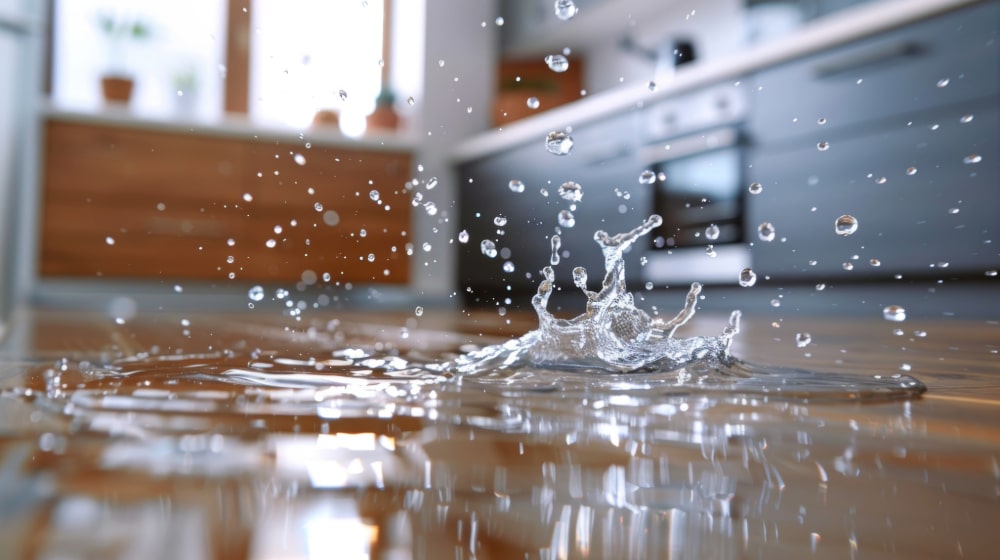
Water Leak Sensor: Critical Components for Smart Homes
Share
In the age of smart homes and the Internet of Things (IoT), the integration of technology into daily life is not merely a trend but a necessity. One essential device that has garnered extensive attention among tech professionals and enthusiasts is the water leak sensor. This particular technology not only safeguards homes from potential water damage but also plays a critical role in the broader ecosystem of smart home automation.

What is a Water Leak Sensor?
A water leak sensor is a small yet powerful device designed to detect the presence of water in areas where it shouldn't be. Typically, these sensors are placed in high-risk areas like basements, beneath sinks, or near water heaters. Upon detecting water, most sensors will trigger an alarm or notify the homeowner via a connected app, thereby averting potential water damage.
The Importance of Water Leak Sensors in Modern Homes
For tech professionals, the allure of water leak sensors goes beyond mere functionality. This device represents a fusion of convenience and safety, two ultimate goals in smart home innovation. If you're interested in learning more about optimizing smart home components, consider exploring the technology behind smart water leak detectors.
Moreover, these sensors can be a part of a larger home automation system. For instance, when integrated with a home assistant, the water leak sensor can not only alert the homeowner but also shut off the main water supply automatically, ensuring minimal damage. If you want to dive deeper into how these connections work, check out our discussion on utilizing IoT setups in smart water leak detectors.
Installation and Maintenance of Water Leak Sensors
Installing a water leak sensor is straightforward, making it an attractive option for both professionals and DIY enthusiasts. While the exact process may vary depending on the brand, most systems involve simply placing the sensor in a vulnerable area, connecting it to the home Wi-Fi network, and setting up notifications. For tips on integrating sensors into your home automation system, you might want to explore our resources on remodeling and upgrades.
In terms of maintenance, water leak sensors are generally low maintenance. However, it is crucial to keep the firmware updated to ensure optimal performance and to occasionally test the system to verify its sensitivity and response capabilities.
Future Trends in Water Leak Sensing Technology
The landscape of water leak sensing technology is continuously evolving. The future could see these devices becoming even more integral, with enhanced AI capabilities allowing for predictive analytics thus preventing potential leaks before they even occur. For those interested in the future trajectory of this technology, learning about AI in water management could be enlightening.
As we advance, integration with broader smart home systems will deepen, and these sensors could play a role not just in damage prevention but also in water conservation efforts by tracking and reducing unnecessary water usage.

FAQ
How does a water leak sensor work?
A water leak sensor works by detecting moisture levels and water presence in specified areas. Upon sensing water, it sends alerts to your phone or triggers alarms.
Where should I place my water leak sensor?
It's best to place your water leak sensor in high-risk areas like under sinks, near washing machines, in basements, or around water heaters.
Can I integrate water leak sensors with other devices?
Yes, many water leak sensors can integrate with smart home systems, enabling automatic responses such as shutting off the main water supply when a leak is detected. To further explore integration options, you might find interesting possibilities in articles related to selecting leak detectors.
